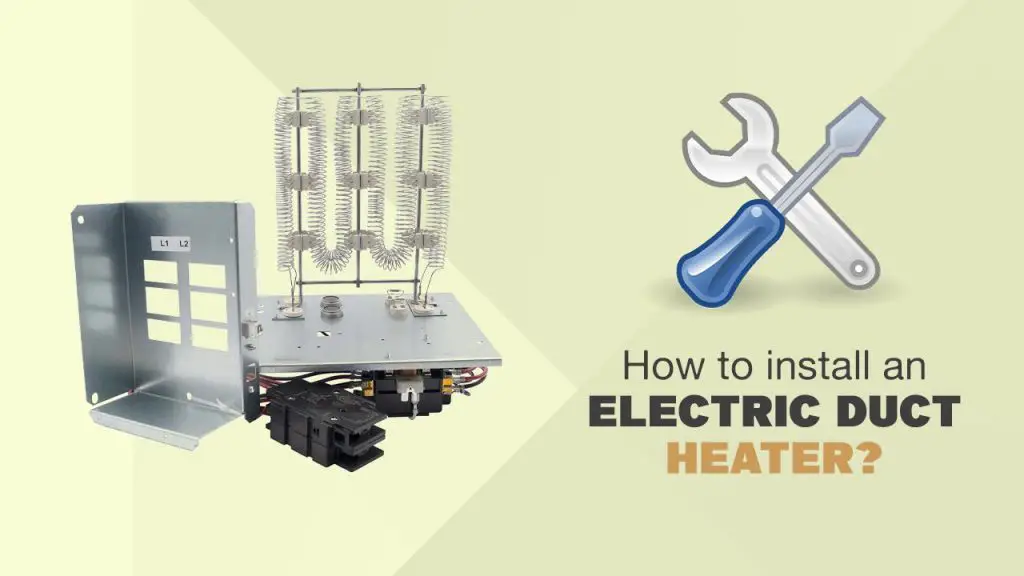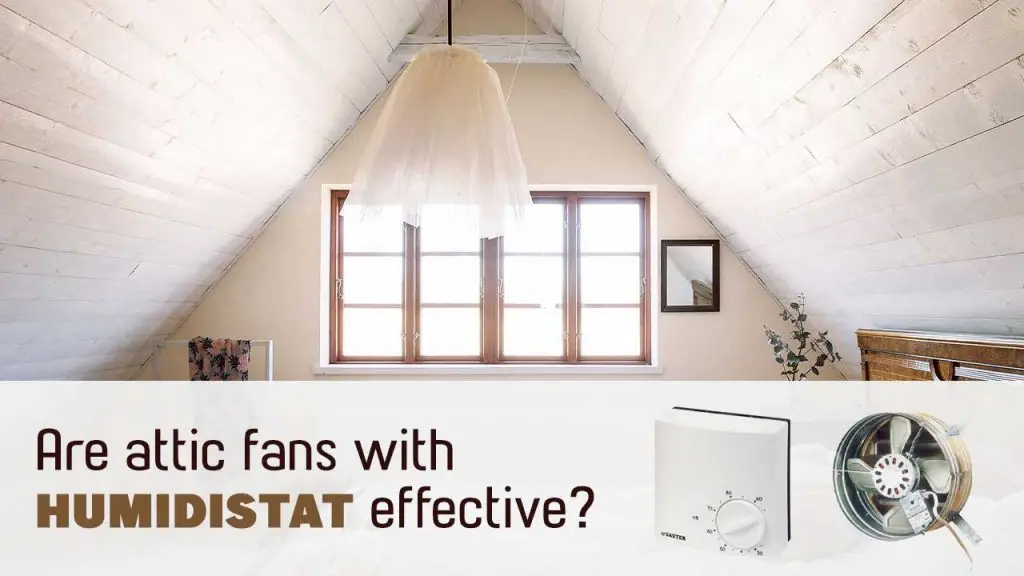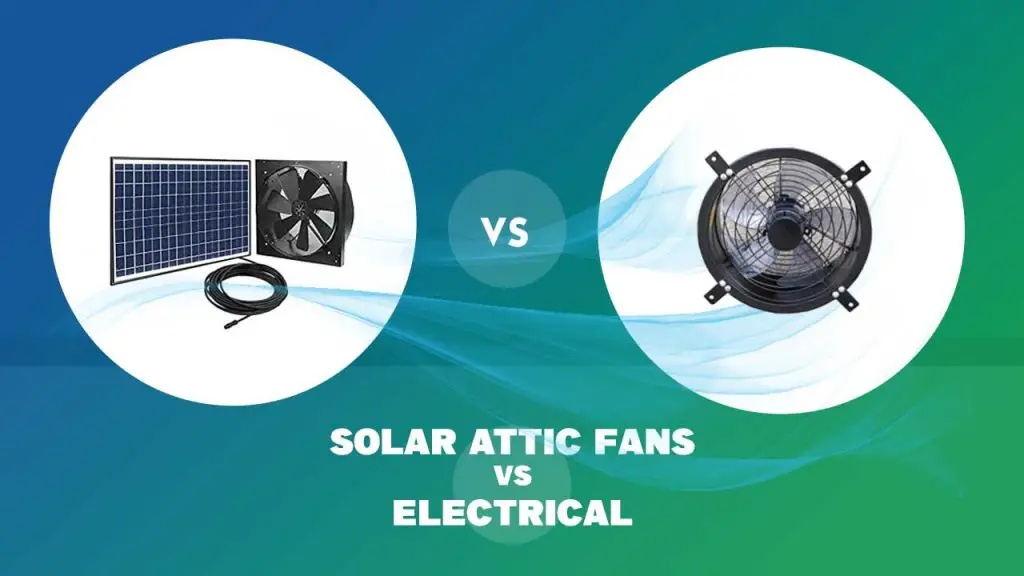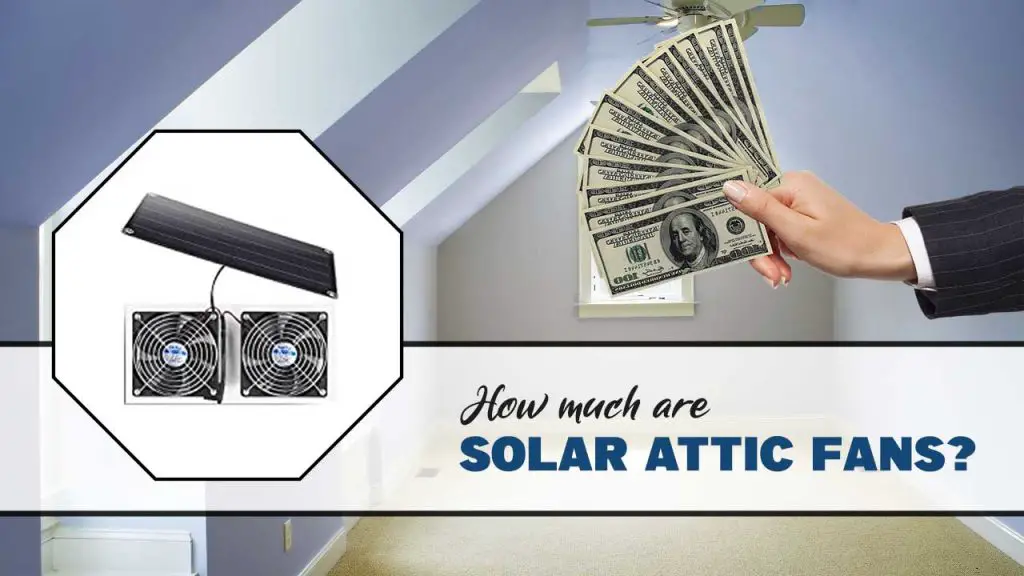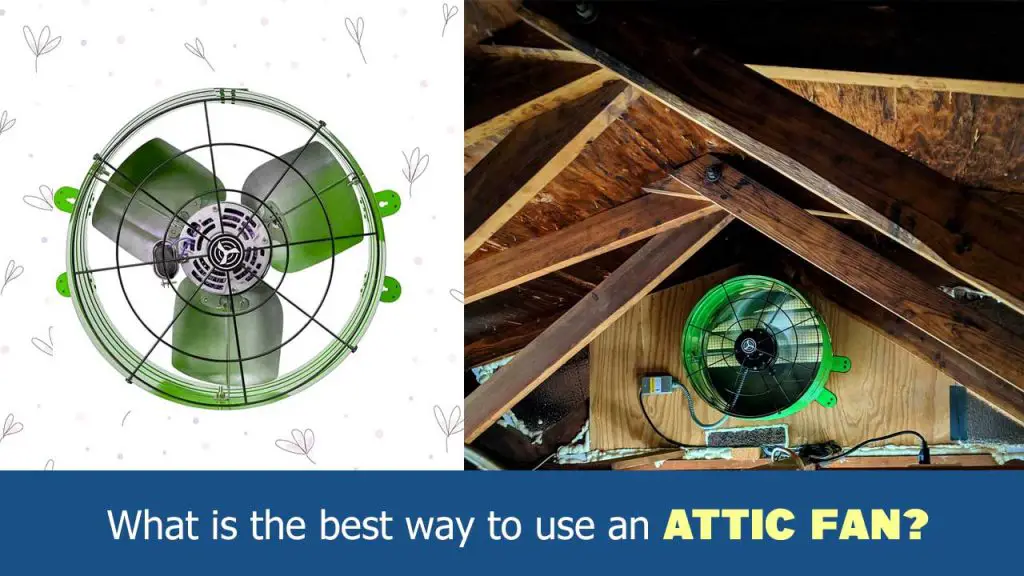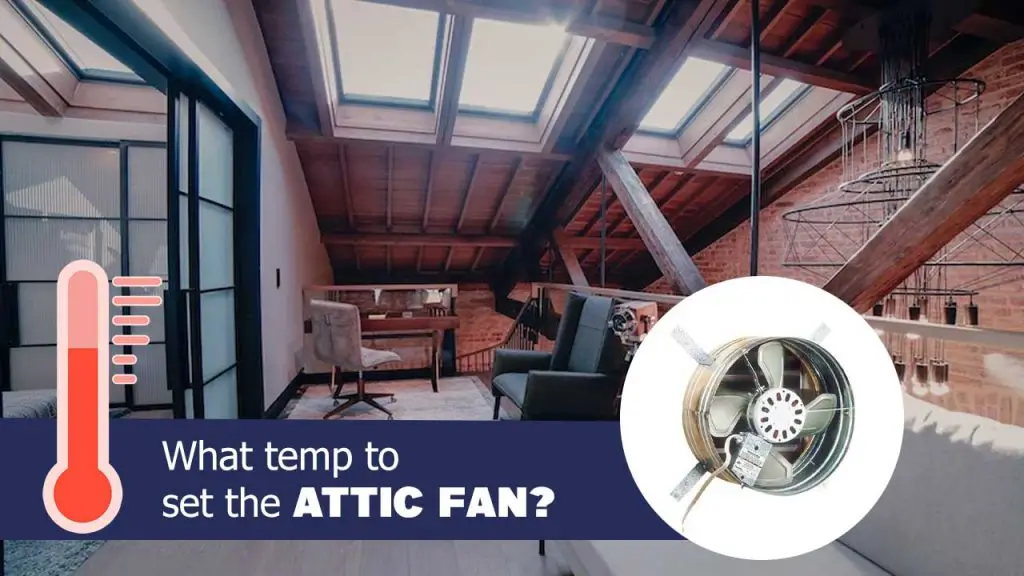While an electric duct heater can help ease your heating needs, installing one can be such a tough task. You have to worry about locating the device in the ductwork, setting it in place, bolting, wiring, powering, and several other processes required.
What’s more, the type of HVAC appliance connected to your ductwork is a factor you need to consider during electric duct work installation. For clarity, duct heaters are suitable for use with appliances like air conditioners, heat pumps, and other forced air systems.
Back to installing your electric duct heater. If you’re not sure you can handle it, it’s best to invite the HVAC professional to get it installed for you.
But, perhaps, you know your way around HVAC systems and ductworks and have been gunning for a DIY, your new duct heater presents a chance to get your hands dirty.
In this post, you’ll learn about locating your duct heater in a duct, installing it in place, taking care of the wiring, and powering the unit appropriately for effective performance.
How Do Electric Duct Heaters Work?
An electric duct heater uses electricity to warm up air passing through a duct. This heater often features a heating element that helps to convert electricity to heat using the process of resistance.
It is this heat that is passed on to the air traveling through the heater, either by convection or conduction. They generally help to achieve energy efficiency in cold rooms and can be used for primary, space or supplementary applications.
Duct heaters can also be residential, commercial or industrial in design and application.
As part of the home’s air distribution system, your duct provides a path for air (coming from certain sources) to flow throughout your home, factory or commercial space.
It is this air that the duct heater acts upon to create the warm effect that’s needed inside the home or commercial space. An electric heater consists of coils that dissipate the heat, ensuring that air passing through the duct and into every part of the building is as warm as desired.
Where Should an Electric Duct Heater Be Installed?
An electric duct heater should be installed in your home’s or factory’s duct. That’s why it’s called a duct heater. They go in the ceiling and are installed inside of the duct where they can act on flowing air.
There are three major types of duct heaters as far as installation is concerned; the slip-in type, the flange type and the round adapter type.
Installing the slip-in heater requires cutting an opening in the side of the duct, but never in the top or bottom. It is through this opening that the heating elements and their housing are slid into the duct.
On the other hand, the flange heater type required a complete cut-off of the duct into two parts. You can also insert it between two sections of a flanged duct and use a bolt to hold it in place.
The round adapter type is installed on a round tube, between two split halves. This type of duct heater has a round cut where the coils are inserted. This round cut, housed in a rectangular frame, is what attaches to the duct on either side of the heating elements.
Be sure to install the unit at the right spot and at proper distances from other HVAC systems. Ensure you place the heater at least 4 feet from your air conditioner or heat pump.
It should also be about 4 feet (downstream) from an air handler, 2 feet from either side of a bend or elbow, 4 feet (upstream) from a humidifier, and around 4 feet (downstream) from an air purifier.
This is to support proper air close and ensure that the heater does not interfere with the operation of existing HVAC systems.
Electric Duct Heater Installation Requirements
To install an electric duct heater, there are many things you need to have in place. You would need tools like bolts and screws, a screwdriver, hanger straps, shears or utility knives, and even tin snips for cutting through the flex duct and wire.
You may also need insulation materials to seal every opening that may have been created by the installation work.
Other requirements have to do with wiring, and they consist of the following:
- Be sure to follow the wiring diagram on the inside of the package or cover, ensuring that the control and line voltage system is in line with the stipulations of the wiring diagram.
- Ensure all field and factory connections are firmly done.
- In the absence of an airflow switch, be sure the duct heater’s fan interlock is wired in.
- Be sure to use 90 C copper wire.
- Wire according to NEC provisions and other local codes.
How To Install Electric Duct Heater?
Once you have decided on a spot for your heater and gathered all tools and materials needed, it is time to go into the installation proper.
Here’s a step-by-step guide to follow:

- Cut the duct as desired, depending on the type of heater you purchased. You can create an opening for a slip-in unit or completely in two for a flange unit. It must be cut properly between two sections of the duct.
- Use your hanger straps to install the unit between the sections of a round or rectangular duct.
- Make sure the UP arrow indicated on the control box is facing the right vertical position.
- Avoid “banking” heaters side-by-side. If you need greater heating, you should use smaller heaters in separate duct runs.
- Use the best thermal housing to protect the unit from the element and external air interference.
- Ensure that airflow is not interrupted to prevent overheating.
Below are the additional specific details to install the 3 different types of electric duct heaters: Slip-in type, round adapter type, and flange type.
1. For a slip-in heater
cut an opening in the side of the duct, but never on the top or bottom. Then slip the heating elements and their housing into the duct through that opening.
Use the bolts or screws (where provided) to fasten the unit to the duct. You should also use sealing materials to cover up spaces- without restricting airflow on the housing.
2. As for the round adapter type
Cut your round tubular duct in two somewhere at least 4 ft away from an elbow. Then insert the round area of the heater to fit into both halves of the duct.
Then secure the heater to the duct with the use of metal screws. You may also need to install a support system to keep it in place, if possible.
3. The last type is the flange heater
You’d need to completely cut off the duct into two parts. Insert the heater between the two sections of the flanged duct and use a bolt or metal screws to hold it in place. Again, you can use support brackets in the duct, if possible.
Whatever type of heater you have, the heating elements section of the unit must be fully inserted into the duct by either slipping it in or having it flanked by the two parts of a flanged duct.
Note that virtually all duct heaters need to be hard-wired and connected to your mains. However, it is also important to connect a thermostat and other controls at specific points on the duct.
Find below a comprehensive diagram showing the three different installation types (as provided by neptronic).

Top 3 Electric Duct Heaters
| # | Electric Duct Heater | Best For |
| 1 | Supplying Demand HKSC10XC 10 Kilowatts Electric Heater Kit | Best for Slip-in installation |
| 2 | Samsung DC93-00154A Assembly Duct Heater | Extremely easy installation |
| 3 | TPI HP610001202CT Hotpod Supplemental Duct Mounted Heating System | Best for supplemental heating |
Final Words:
You can save yourself a lot of stress by inviting HVAC professionals to take care of your duct heater installation. However, since you’ve insisted on doing it yourself, we hope you found this guide useful.
The way and manner you install the heater is largely dependent on the type of duct heater you purchase.
You must do well to prevent leaks and restricted air flow or it won’t be long before you’d need to uninstall and carry out repairs. An electric duct heater can be a blessing in your home, but only if you install it properly.
| Photo | Title | Buy |
|---|---|---|

|
LEVOIT Air Purifier for Home & Bedroom - For Allergies and Pets Hair | Check Price On Amazon |

|
BREEZOME 60 OZ Quiet Dehumidifiers for Home, Dual-Semiconductor | Check Price On Amazon |

|
AquaOasis™ Cool Mist Quiet Ultrasonic Humidifier for Bedroom & Large room | Check Price On Amazon |

|
43.3'' Portable Air Conditioners, 3-IN-1 Evaporative Air Cooler w/Remote | Check Price On Amazon |

|
BlueDri BD-AS-550-BL Negative Machine Airbourne Cleaner HEPA Air Scrubber | Check Price On Amazon |

|
Space Heater, VCK 24" 12ft/s Fast Quiet Heating Portable Electric Heater | Check Price On Amazon |
